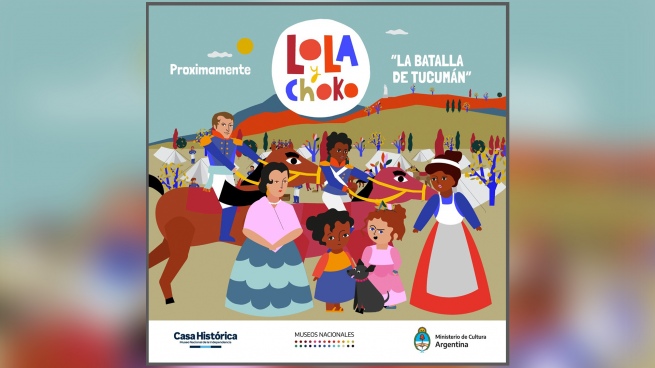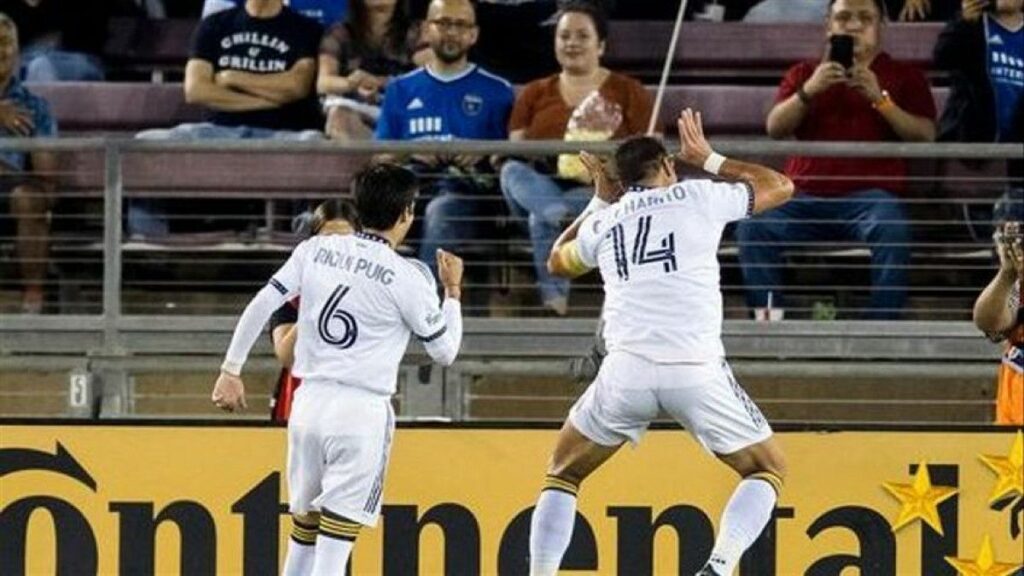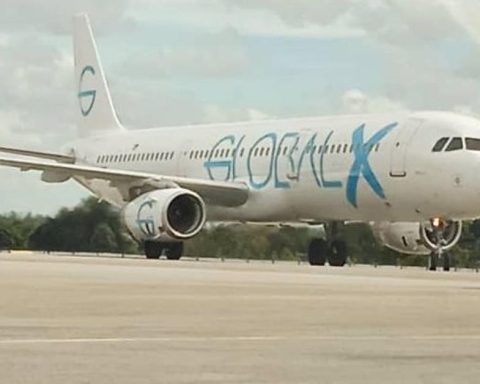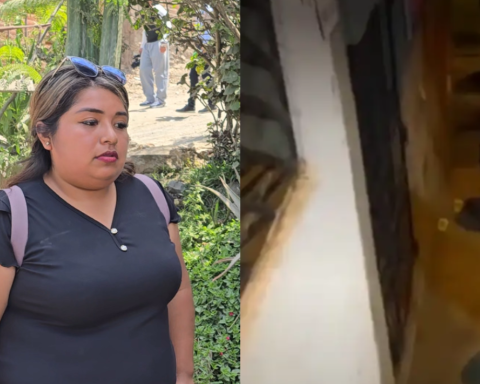The National Museum of Independence in Tucumán was the setting for the premiere of a new chapter of “Lola and Choko”, an animated series for children that tells the story of a girl and her dog, who through different adventures invite to learn about the process of Argentine independence.
This audiovisual series, created by the Museum, has the support of the National Directorate of Museums and the National Ministry of Culture and is “produced entirely by professionals from Tucumán in the fields of cinema, theater, sound, graphic design and animation,” he told Télam Mariana Romano, member of the Educational Area of the Museum and author of the story.
The series was projected in one of the Museum’s courtyards and could also be seen live on its YouTube channel, and on the Ministry of Culture channel.
Romano recalled that the first chapter of this animated series, which narrates the adventures of a girl named Lola and her puppy Choko, was released in July 2021, as part of the celebrations for Independence Day, “as a generation proposal of content that tells the story in a more engaging and attractive way, especially when it comes to childhood”.
On that occasion the events “took place on July 9, 1816 and narrated the different situations that the characters go through after Lola attends a meeting at the Casa de Tucumán with her mother Juana and Choko.
The dog steals the Act of Independence, and “it is the girl who recovers it and gives it to Francisco Laprida, in charge of the presidency of Congress at that time.”
In this new episode, you can see the girl, her dog and Mechita, a friend of the protagonist, living in Tucumán in 1812, when the town won the battle on September 24. In this context, the girl will meet her godmother, the Captain of the Army of the North, María Remedios del Valle.
The person responsible for the original idea said that “as the story unfolds, new characters will appear, such as Miguel Laguna, son of Francisca Bazán de Laguna and brother of Mechita, María Remedios del Valle and Manuel Belgrano.”
These audiovisual pieces “also show the representation of the people, of the popular classes that also had an active and important participation, as well as the role of women, added to the story told through the eyes of children,” said the author .
In this chapter, unlike the one that premiered last year, the voices of the characters belong to boys and girls who participated in a selection casting, which was attended by more than one hundred people.
Romano said that another difference is that this episode is not interactive like the previous one, since “it was created for television format” and will soon be broadcast by Channel 10 of Tucumán and by Pakapaka.
However, he assured that “the game should be considered a learning tool, since it makes children participate in what they are about to learn”, so “an application will be created with games on this chapter and the others that will come out more forward, so that the children can learn by playing”.
The tale was created by Romano; the script was in charge of Sergio Olivera; the direction of Romano and Mariana Klyver; Klyver’s directing assistance; the production of Joaquín Alonso Avellaneda; the sound and original music of Cristóbal Cadierno,
As for the art direction, character design and storyboard by Ximena Foguet; Storyboard assistance from Valentina Giménez; animatic by Valentina Giménez, animation and montage by José Mauro and historical advice by Juan Pablo Bulacio.
The voices are by Leticia Murúa Braunstein, Leda López Niederle, Angélica Camuñas and Roxana Hinojosa.


















